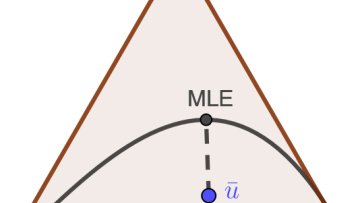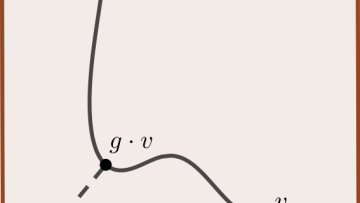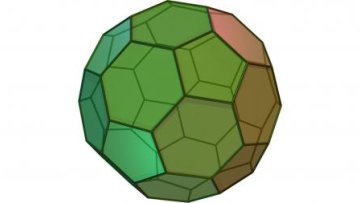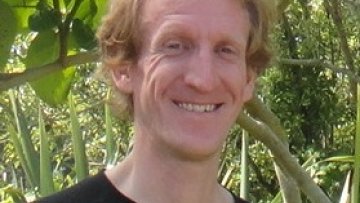Of monks, lawyers and airports: a unified framework for equivalences in social networks
Abstract
One of the main concerns in social network science is the study of positions and roles. By "position" social scientists usually mean a collection of actors who have similar ties to other actors, while a "role" is a specific pattern of ties among actors or positions. Since the 1970s a lot of research has been done to develop these concepts in a rigorous way. An open question in the field is whether it is possible to perform role and positional analysis simultaneously. In joint work in progress with Mason Porter we explore this question by proposing a framework that relies on the principle of functoriality in category theory. In this talk I will introduce role and positional analysis, present some well-studied examples from social network science, and what new insights this framework might give us.





